Introduction: Imagine walking into a bathroom where boundaries disappear, and every inch of the space is designed to be both functional and luxurious. Steam from a rainfall showerhead gently fills the room as water glides seamlessly into a sleek, hidden drain. There are no curtains, no clunky shower doors, just a beautifully tiled, open-plan space that feels more like a spa retreat than a conventional bathroom. This is the allure of the wet room bathroom concept that has been transforming homes and raising property values worldwide. As modern lifestyles push us to rethink our living spaces, wet rooms are proving to be an increasingly popular solution, combining style, accessibility, and practical design
But what exactly is a wet room, and why has it become one of the most sought-after trends in bathroom design? In this article, we’ll dive into the ins and outs of wet rooms, including key statistics, benefits, design considerations, and expert insights to help you decide if this innovative concept is right for your home.
What is a Wet Room?
A wet room is a fully waterproofed bathroom with an open-plan layout where the shower area blends seamlessly with the rest of the space. Unlike traditional bathrooms, which often have a separate, enclosed shower or bathtub, wet rooms are typically designed without barriers. The floor is gently sloped towards a drain, allowing water to flow easily out of the space without the need for a dedicated shower enclosure. This design not only maximizes space but also provides a sleek, minimalist aesthetic that’s increasingly favored in contemporary homes.
The Rise in Popularity: Wet Room Statistics
Wet rooms have gained significant popularity over the past decade, particularly in urban and modern homes where space is at a premium. Here are some statistics that illustrate their growth in the market:
- Increased Demand in Europe and the UK: According to a 2021 report by AMA Research, wet rooms account for around 25% of new bathroom installations in the UK, with demand projected to grow by 6% annually through 2025. This trend reflects a shift in homeowner preferences towards open, accessible bathroom designs.
- Higher Property Value: A survey conducted by Rated People in 2022 found that adding a wet room can increase a home’s value by up to 3-5%, particularly in urban areas where space-saving designs are a premium. This is similar to the value increase seen from installing a second bathroom, indicating that wet rooms are highly desirable among homebuyers.
- Accessibility Benefits: According to the CDC and Age UK, more than 13% of adults over the age of 65 have some form of mobility difficulty. Wet rooms are often favored by this demographic because they eliminate the need to step over a shower curb, making the bathroom safer and easier to use for individuals with limited mobility.
Benefits of a Wet Room
1. Space Efficiency
Wet rooms are particularly advantageous in small homes or apartments where maximizing usable space is essential. By eliminating the need for bulky shower enclosures or bathtubs, homeowners can create a sense of openness, even in a compact bathroom. According to interior designers surveyed by Houzz, 40% of homeowners looking to remodel a small bathroom are now considering wet room layouts as a way to open up the space and make it feel larger.
2. Modern, Aesthetic Appeal
With sleek lines, high-end finishes, and a minimalist design, wet rooms embody modern style. The absence of shower doors and partitions allows the room’s design elements, such as tiling, fixtures, and lighting, to take center stage. High-quality materials, like natural stone or large-format tiles, create a cohesive look and can make even the simplest bathroom feel luxurious.
3. Easy to Clean and Maintain
Wet rooms are designed to handle water throughout, making them incredibly easy to clean. Without nooks, crannies, or glass enclosures that collect grime and soap scum, cleaning a wet room is straightforward. Simply wiping down surfaces or even spraying them with a shower head can keep the space looking pristine. This ease of maintenance is a major advantage for homeowners who prefer a low-effort cleaning routine.
4. Accessibility and Safety
For elderly or mobility-impaired individuals, wet rooms provide a safer alternative to traditional bathrooms. With no steps, ledges, or shower trays, the risk of tripping is minimized. Many wet rooms are designed to accommodate wheelchairs and can include features such as handrails and non-slip tiles. These elements make wet rooms compliant with ADA standards in the U.S., making them not only stylish but also practical for accessible living.
5. Enhanced Waterproofing and Durability
Wet rooms are fully waterproofed using advanced tanking systems, which involve sealing the walls and floors with a waterproof membrane. This prevents water from seeping into subfloors or surrounding areas, reducing the risk of water damage over time. Properly installed wet rooms are incredibly durable, often outlasting traditional bathroom setups. According to Plumbworld, a well-installed wet room can last up to 20 years without major issues, given that the waterproofing is done correctly.
Key Design Considerations for a Wet Room
1. Drainage and Slope
The success of a wet room depends heavily on proper drainage. A slight gradient in the floor must be built into the design to guide water toward the drain. Linear drains are commonly used in wet rooms for their efficiency and sleek look. According to Bathroom Solutions, about 70% of wet rooms now use linear drains, as they’re more effective in handling large volumes of water.
2. Waterproofing
Waterproofing is the backbone of any wet room. Tanking, or sealing, must be done meticulously to avoid future issues with leaks and mold. The walls and floors are lined with waterproof membranes, especially around critical areas like the shower and drain. This process can add 20-30% to the cost of a standard bathroom renovation, but it’s essential for a successful wet room.
3. Choice of Materials
For wet rooms, it’s crucial to select materials that are water-resistant and durable. Porcelain tiles, for example, are a popular choice because they’re non-porous and less likely to absorb moisture. Natural stone can add elegance, but it requires sealing to prevent water damage. According to Interior Design Magazine, over 60% of wet rooms feature porcelain or ceramic tiles for their water resistance and ease of maintenance.
4. Ventilation
Wet rooms can create a lot of moisture, so adequate ventilation is a must to prevent mold and mildew. Installing a high-quality extractor fan or even adding a window if possible can help control humidity levels. Some modern designs also incorporate heated floors, which speed up the drying process and prevent condensation buildup.
Potential Downsides of a Wet Room
While wet rooms have numerous benefits, they’re not without drawbacks. Here are a few challenges to consider:
- Higher Initial Costs: The cost of installing a wet room can be up to 30% more than a traditional bathroom due to the specialized waterproofing and drainage systems required.
- Humidity and Dampness: Without proper ventilation, wet rooms can become damp, which may lead to mold growth.
- Reduced Privacy: The open-plan layout means there’s less privacy, which might not be ideal for shared bathrooms.
Conclusion: Is a Wet Room Right for You?
In the end, a wet room can be a fantastic addition to a modern home, offering a unique blend of style, functionality, and accessibility. For those looking to maximize space, increase property value, or simply enjoy the luxury of a spa-like experience at home, a wet room is an excellent choice. However, it’s essential to weigh the potential downsides, such as cost and humidity control, to ensure that a wet room fits your lifestyle and home design.
Whether you’re planning a complete bathroom overhaul or simply exploring new ideas, the wet room is a trend that promises to stand the test of time. With the right materials, proper installation, and a focus on waterproofing and ventilation, your wet room can be a modern oasis that meets both practical needs and aesthetic desires.


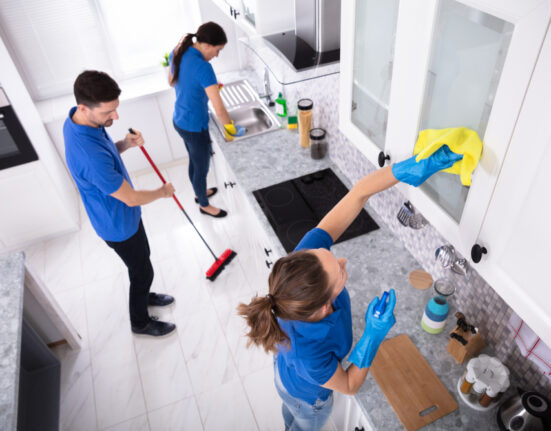
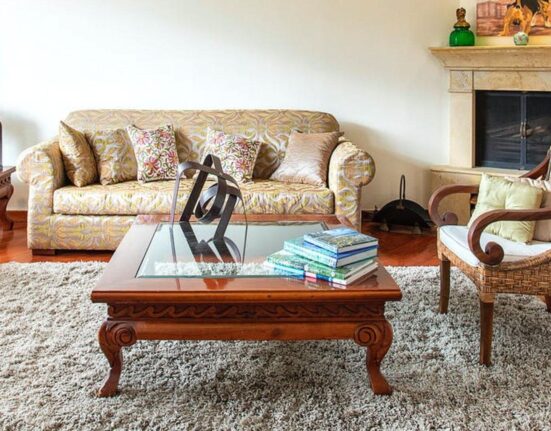
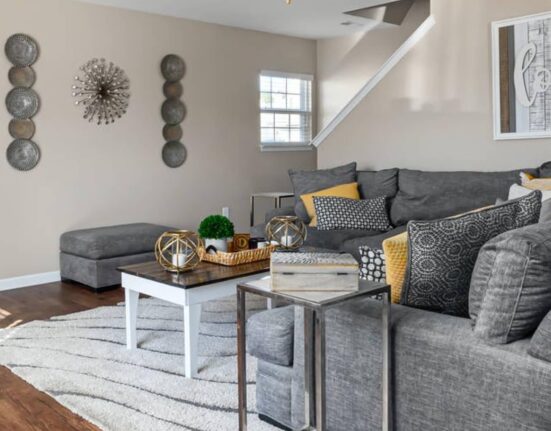

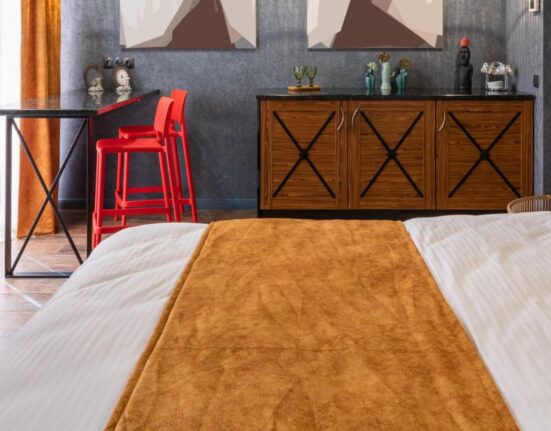
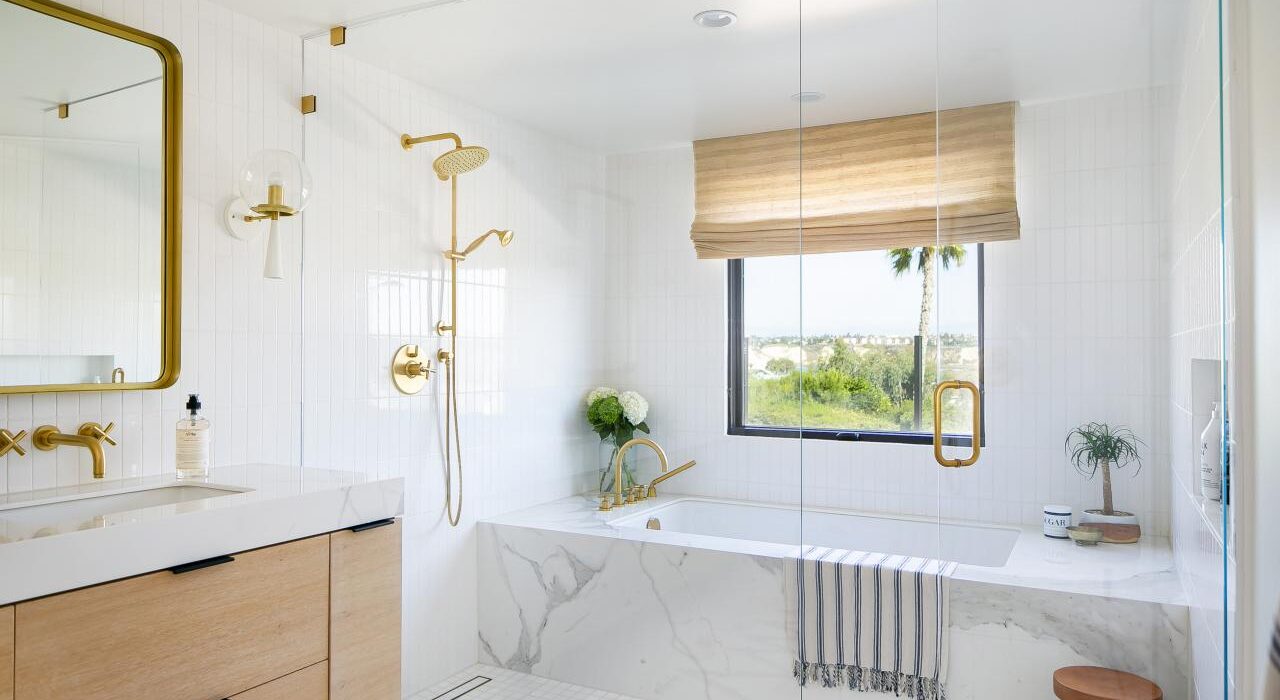
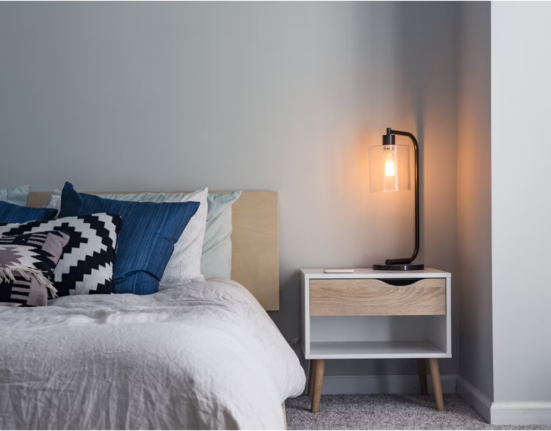

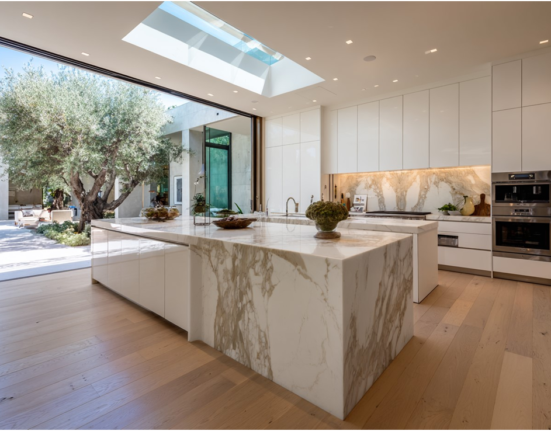



 Afrikaans
Afrikaans Shqip
Shqip አማርኛ
አማርኛ العربية
العربية Հայերեն
Հայերեն Azərbaycan dili
Azərbaycan dili Euskara
Euskara Беларуская мова
Беларуская мова বাংলা
বাংলা Bosanski
Bosanski Български
Български Català
Català Cebuano
Cebuano Chichewa
Chichewa 简体中文
简体中文 繁體中文
繁體中文 Corsu
Corsu Hrvatski
Hrvatski Čeština
Čeština Dansk
Dansk Nederlands
Nederlands English
English Esperanto
Esperanto Eesti
Eesti Filipino
Filipino Suomi
Suomi Français
Français Frysk
Frysk Galego
Galego ქართული
ქართული Deutsch
Deutsch Ελληνικά
Ελληνικά ગુજરાતી
ગુજરાતી Kreyol ayisyen
Kreyol ayisyen Harshen Hausa
Harshen Hausa Ōlelo Hawaiʻi
Ōlelo Hawaiʻi עִבְרִית
עִבְרִית हिन्दी
हिन्दी Hmong
Hmong Magyar
Magyar Íslenska
Íslenska Igbo
Igbo Bahasa Indonesia
Bahasa Indonesia Gaeilge
Gaeilge Italiano
Italiano 日本語
日本語 Basa Jawa
Basa Jawa ಕನ್ನಡ
ಕನ್ನಡ Қазақ тілі
Қазақ тілі ភាសាខ្មែរ
ភាសាខ្មែរ 한국어
한국어 كوردی
كوردی Кыргызча
Кыргызча ພາສາລາວ
ພາສາລາວ Latin
Latin Latviešu valoda
Latviešu valoda Lietuvių kalba
Lietuvių kalba Lëtzebuergesch
Lëtzebuergesch Македонски јазик
Македонски јазик Malagasy
Malagasy Bahasa Melayu
Bahasa Melayu മലയാളം
മലയാളം Maltese
Maltese Te Reo Māori
Te Reo Māori मराठी
मराठी Монгол
Монгол ဗမာစာ
ဗမာစာ नेपाली
नेपाली Norsk bokmål
Norsk bokmål پښتو
پښتو فارسی
فارسی Polski
Polski Português
Português ਪੰਜਾਬੀ
ਪੰਜਾਬੀ Română
Română Русский
Русский Samoan
Samoan Gàidhlig
Gàidhlig Српски језик
Српски језик Sesotho
Sesotho Shona
Shona سنڌي
سنڌي සිංහල
සිංහල Slovenčina
Slovenčina Slovenščina
Slovenščina Afsoomaali
Afsoomaali Español
Español Basa Sunda
Basa Sunda Kiswahili
Kiswahili Svenska
Svenska Тоҷикӣ
Тоҷикӣ தமிழ்
தமிழ் తెలుగు
తెలుగు ไทย
ไทย Türkçe
Türkçe Українська
Українська اردو
اردو O‘zbekcha
O‘zbekcha Tiếng Việt
Tiếng Việt Cymraeg
Cymraeg isiXhosa
isiXhosa יידיש
יידיש Yorùbá
Yorùbá Zulu
Zulu